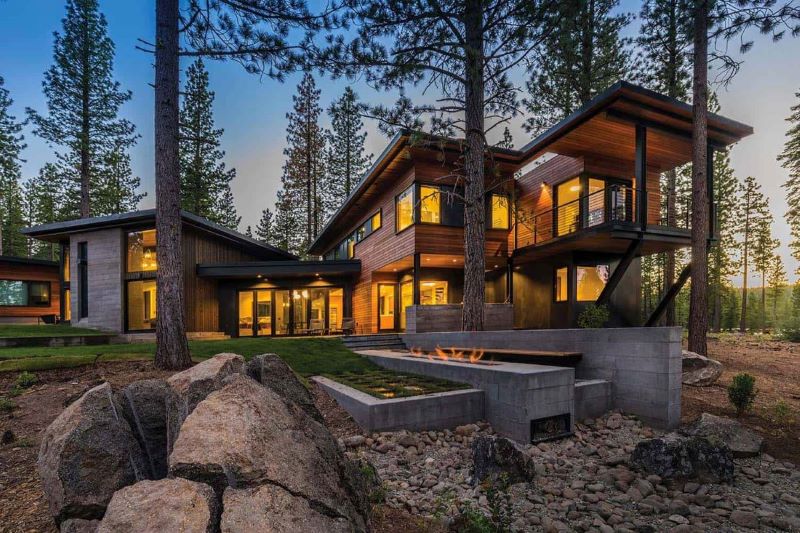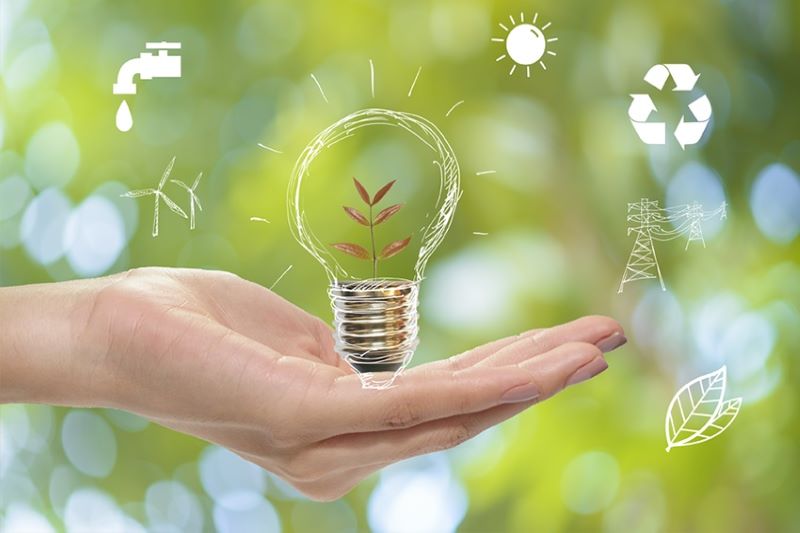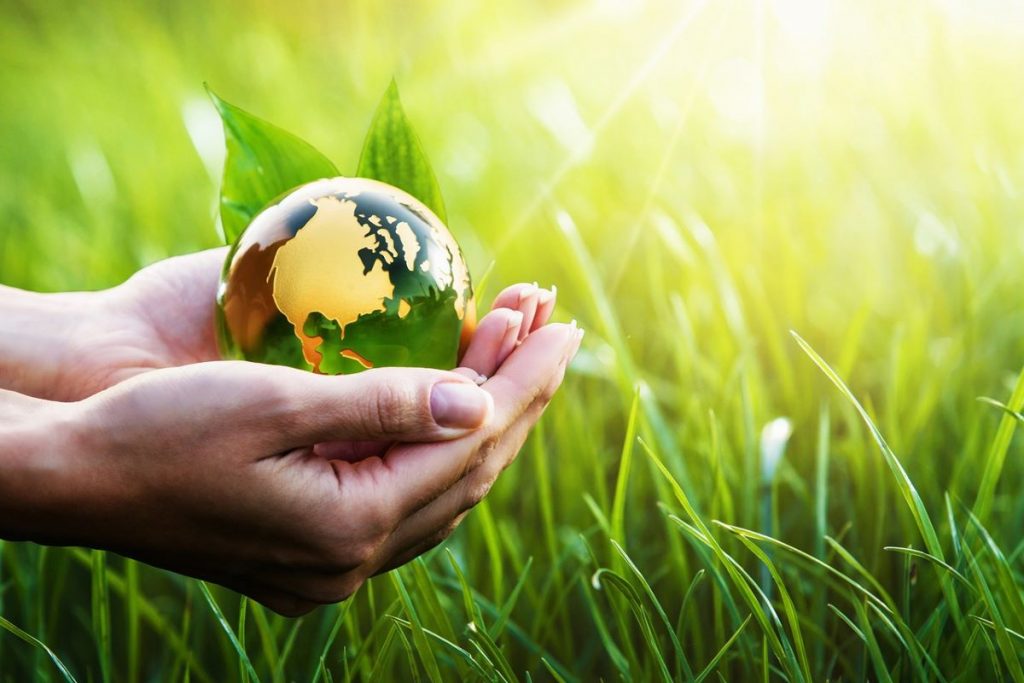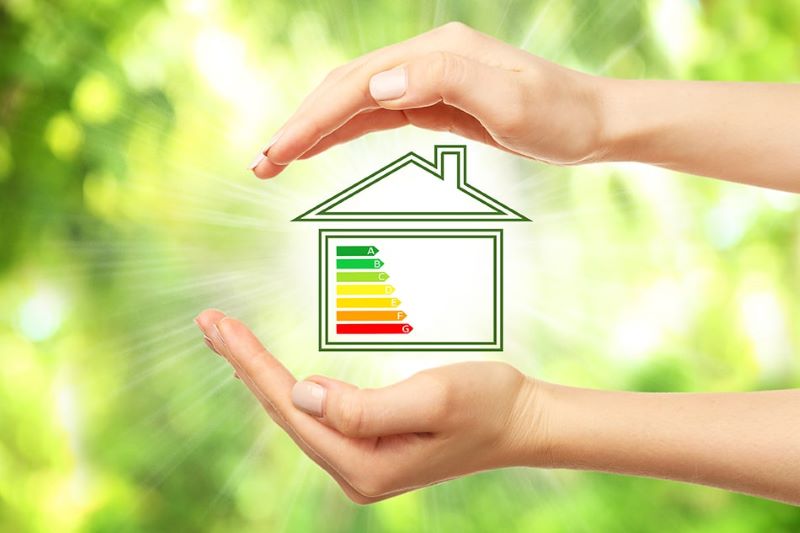Table of Contents
The environment around us is constantly worsening. People left a harsh footprint on the Earth. Air, water, and atmospheric pollution have become more and more noticeable every day. Everyone feels it in the form of different diseases and general health worsening. For this reason, it is logical that society has become more environmentally aware and active.
A green home is one of many ways to reduce the human impact on the environment. This is an environmentally friendly alternative to a traditional home. In addition to saving nature, you may save a lot of money by building a green home. Here are some important tips on how to build a green and environmentally friendly home.
1. Proper insulation
Proper insulation is very important if you decide to build a green home. Heating and cooling take about 50% of your energy consumption. Meanwhile, improper insulation cause air leaks and heat loss. This significantly increases energy consumption. Don’t let the heating or cooling go to waste because of poor insulation. Good insulation will reduce both your energy consumption and electricity bills.
2. Energy-efficient equipment
Energy-saving equipment works from lower voltage. So less electricity is needed. Energy-efficient appliances offer you incredible cost and energy-saving without compromising performance. You can use this web app from saveonenergy.com to calculate your power consumption.
3. Bamboo flooring
Consider having bamboo floors. This is a light material and one of the fastest-growing trees on the planet. It makes bamboo a logical and environmentally responsible choice. Bamboo is also very durable and lasting.
4. Use the shower
Taking baths you use 14% more water than in the shower. Save uneconomical bathing for when you really need it. This will significantly reduce water consumption. You may also consider replacing your old shower head with a special water-saving one. A water-saving head will help you save a lot of money.
5. Geothermal energy
Geothermal energy is energy from the earth. It requires upfront investments but will give you an inexhaustible source of energy to heat and cool your house. During the winter geothermal energy provides you heat from deep underground to your home. During the summer the system takes heat from the air and returns it to the earth through a loop system.
6. 3D printing constructions
3D printing is a promising eco-friendly technology of the future. Chinese companies already used it to build concrete houses from recycled materials. They build one house just in 24 hours. This significantly lowers the carbon footprint on our Earth. In addition, 3D-printed houses are cheaper and produce less waste than traditional homes.
7. Eco-friendly lighting
LED lighting is better for the environment than incandescent bulbs. LED bulbs consume less electricity and last for more than 10 years. Full wall windows will also help reduce energy consumption. Replace traditional doors with sliding glass walls to let the light penetrate deeper into your house. Such solutions will help you take full advantage of sunlight.
8. Green clean
It is most likely that now your cleaning supplies cabinet is filled with a variety of chemical products. Try to replace them with natural cleaning products. They are less harmful to humans and the environment. Natural products have good cleaning properties and are almost the same price as chemical ones.
9. Stop using paper towels
Using too many paper towels has left a significant footprint on the environment. To cut back your tree-killing habit, use more cloth towels, and rags to wipe spills. Cloth towels and rags are reusable so are more environmentally friendly. They will also reduce your expenses compared to paper towels.
10. Reuse, reduce, recycle
Reuse, reduce, and recycle are three words that describe the main principle of every green home. Try to reuse old wood materials instead of buying new ones. Reduce the number of non-eco-friendly products that you buy. Recycled building materials are perfect for a green home.
11. Sustainable building materials
Eco-friendly building materials should be on your list if you are building a green home. They will help reduce the impact of construction on the environment. Each part of your home, including roofing materials and cabinets, should be environmentally friendly. Try to choose products like recycled plastic and recycled glass or natural products like bamboo and cork.
12. Solar panels
Solar energy is a clean and abundant renewable energy source. Solar panels are the perfect choice for people who want to take advantage of the natural power all around us- the sun. Solar panels require investments, but long-term savings will exceed expenses. The location of your home and solar panels will determine how much power you may collect.
Solar panels will lower your energy consumption and electricity bills. Moreover, government grants, incentives, and tax breaks are other bonuses for those who consider installing solar panels.
13. Programmable heating and cooling
About 50% of the energy you consume goes towards heating and cooling needs. The easiest way to reduce these expenses and electricity consumption is a programmable thermostat. The heating or cooling system will turn off as soon as the thermostat reaches the designated temperature.
The remote control option in the thermostat will also be useful. You may turn off the heating or cooling while you are at work and then turn it on in advance while on your way home. So you avoid wasting unnecessary energy when your home is empty.
14. Rainwater harvesting systems and tankless water heaters
Rainwater harvesting systems collect water from the roof and store it in the tank. You may use the collected water for various purposes as toilets and sprinkler systems. The most popular method of rainwater collection is a rain barrel. If you live in a rainy location rainwater harvesting systems will significantly decrease water bills.
Tankless water heaters heat the amount of water that is needed as it passes through an electric coil. This heater reduces energy expenses as it heats as much water as needed at this moment. The only unpleasant aspect is that you will be forced to wait for a little for the water to get heated. Also, by eliminating a hot water tank you will have more space in your home.
15. Location
If you considered a location for your future house, keep in mind a few important things. You should avoid building a home facing the west. It minimizes sun exposure so it always will be cool in your home. Also, try to avoid environmentally sensitive areas. This includes areas prone to earthquakes, hurricanes, or floods. Another important thing is to have easily available public transport and grocery shops around your home.








